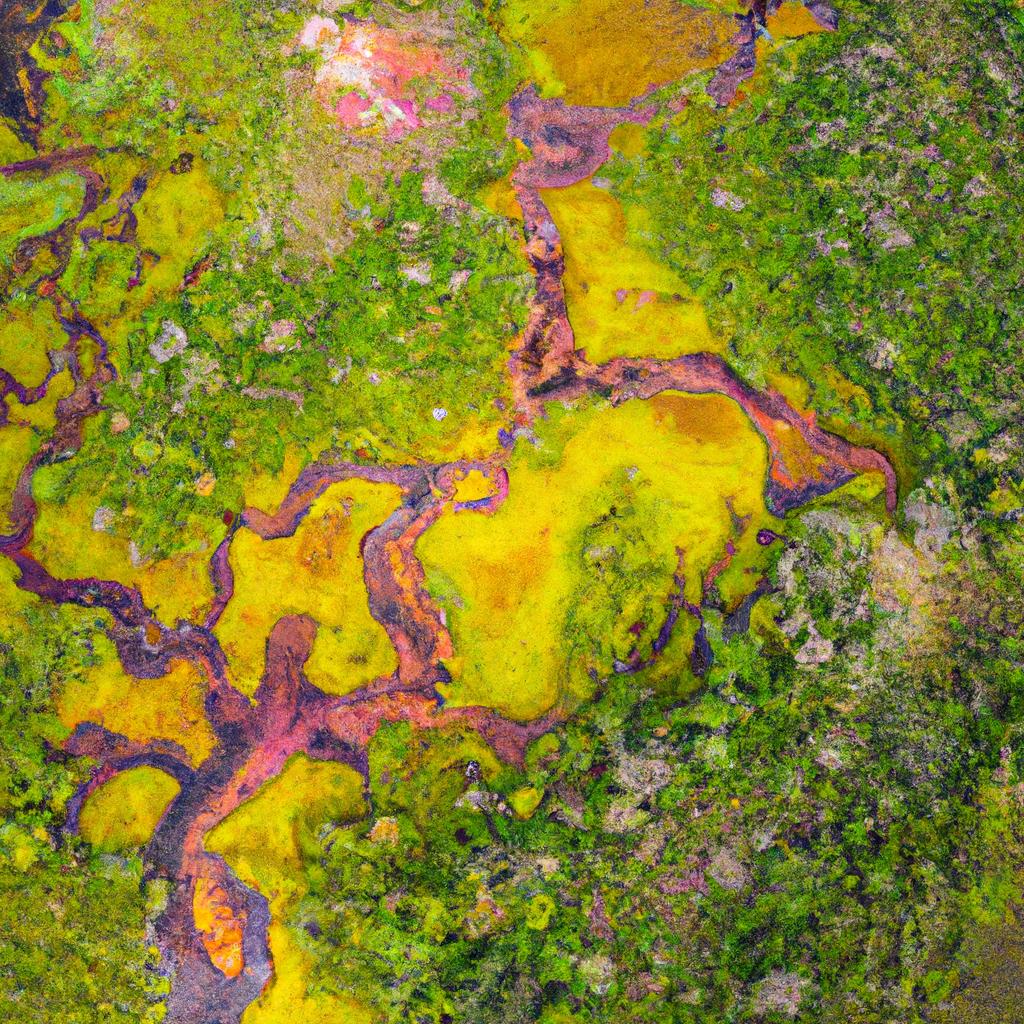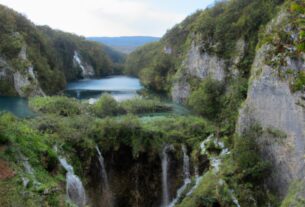If you’re in search of a destination that showcases the breathtaking beauty of nature, then look no further than the Rainbow River Cano Cristales in Colombia. This stunning river has captivated the hearts of millions of visitors worldwide with its unique colors and mesmerizing landscapes.
An Enchanting Introduction
Welcome to the Rainbow River Cano Cristales, also known as the “Liquid Rainbow.” Situated in Colombia, this world-renowned tourist spot offers a visual spectacle like no other. Its vibrant colors, created by algae and minerals, make it one of the most beautiful rivers globally and a sight to behold. Join us as we embark on a journey to explore this jewel of Colombia.
History and Geography
Historical Background of the Area
The Rainbow River Cano Cristales was first discovered by Spanish conquistadors in the 16th century during their explorations of South America. However, it wasn’t until the 20th century that it gained recognition as a tourist destination. In the 1960s, Colombian scientists uncovered the river’s unique colors, leading to an increase in tourism to the area.
Geographical Features of the River and Surrounding Landscapes
Nestled in Colombia’s Meta department, the Rainbow River Cano Cristales stretches approximately 100 kilometers within the Sierra de la Macarena mountain range. It is fed by smaller streams and waterfalls and flows through a diverse landscape encompassing savannas, forests, and wetlands.
How the River Gets its Unique Colors
The Rainbow River Cano Cristales owes its vibrant colors to a variety of algae and minerals thriving in its waters. During the wet season, the river’s levels rise, obscuring the colorful algae and minerals. However, in the dry season, the water recedes, revealing the breathtaking hues. Each season brings different colors, ensuring a constantly changing spectacle for nature lovers.
Flora and Fauna
The Rainbow River Cano Cristales not only attracts tourists with its beauty but is also home to numerous plant and animal species. It boasts a diverse ecosystem that supports a wide range of life.
Diverse Plant Life
The crystal-clear waters of the river create an ideal environment for aquatic plants to thrive. Various minerals and nutrients in the water foster the growth of different plant species, including macarenia clavigera, which gives the river its striking red color. Mosses, algae, and ferns are among the other plant species found in this unique ecosystem.
Wide Range of Animal Species
Visitors to the Rainbow River Cano Cristales can spot an array of aquatic animals, including catfish, tetras, turtles, crabs, and river otters. The riverbank and surrounding areas also provide habitats for various bird species, such as hummingbirds, eagles, and toucans.
Preserving the Ecosystem
Preserving the delicate balance of the Rainbow River Cano Cristales’ ecosystem is crucial. Pollution, deforestation, and illegal fishing pose significant threats to the flora and fauna. As visitors, we must practice responsible tourism and ensure that we leave no trace, respecting the natural wonder that this river represents.
Tourist Activities and Attractions
Get Active with Canoeing and Hiking
Canoeing and hiking are excellent ways to explore the Rainbow River Cano Cristales up close. Canoe along the clear waters to witness the river’s colors firsthand, while hiking reveals the beauty of the surrounding landscapes.
Discover Popular Attractions
The waterfall is a must-see attraction, offering a stunning display of nature’s beauty as the river cascades down the rocks. Natural pools are another highlight, providing a refreshing swim to cool off from the tropical heat.
Tips for Visitors
When visiting the Rainbow River Cano Cristales, ensure you come prepared with comfortable clothing and good hiking shoes. Don’t forget essentials like sunscreen, a hat, and sunglasses to protect yourself from the sun’s rays. Respect the ecosystem by avoiding littering and refraining from touching or disturbing the wildlife.
Environmental Challenges and Conservation Efforts
Environmental Challenges
The Rainbow River Cano Cristales faces environmental challenges, including pollution and deforestation. The delicate ecosystem is vulnerable to disruptions that can harm both flora and fauna. Water pollution caused by human activities, along with deforestation and soil erosion, affects the river’s water quality and aquatic life.
Conservation Efforts
In response to these challenges, various organizations and local communities have launched conservation initiatives. National parks and protected areas have been established by the Colombian government to preserve the river. Organizations like The Nature Conservancy and Conservation International have implemented sustainable land-use practices, including reforestation and sustainable agriculture, to minimize the impact of human activities.
Responsible Tourism and Sustainable Practices
It’s our responsibility as visitors to practice responsible tourism and minimize our impact on the Rainbow River Cano Cristales. Respect the local culture, follow park regulations, and support sustainable practices. Use eco-friendly products, avoid single-use plastics, and patronize local businesses that prioritize sustainability.
A Tranquil Escape
In conclusion, the Rainbow River Cano Cristales is a hidden gem that offers a unique experience for visitors. Its breathtaking beauty and rich biodiversity make it a destination worth exploring. However, it’s our duty to preserve and protect this natural wonder.
So, if you find yourself in Colombia, don’t miss the opportunity to visit the Rainbow River Cano Cristales and immerse yourself in its unparalleled beauty. And remember, TooLacks is here to provide you with the latest news and information about all things nature, gardening, and animals.
TooLacks – your go-to source for nature’s wonders.



